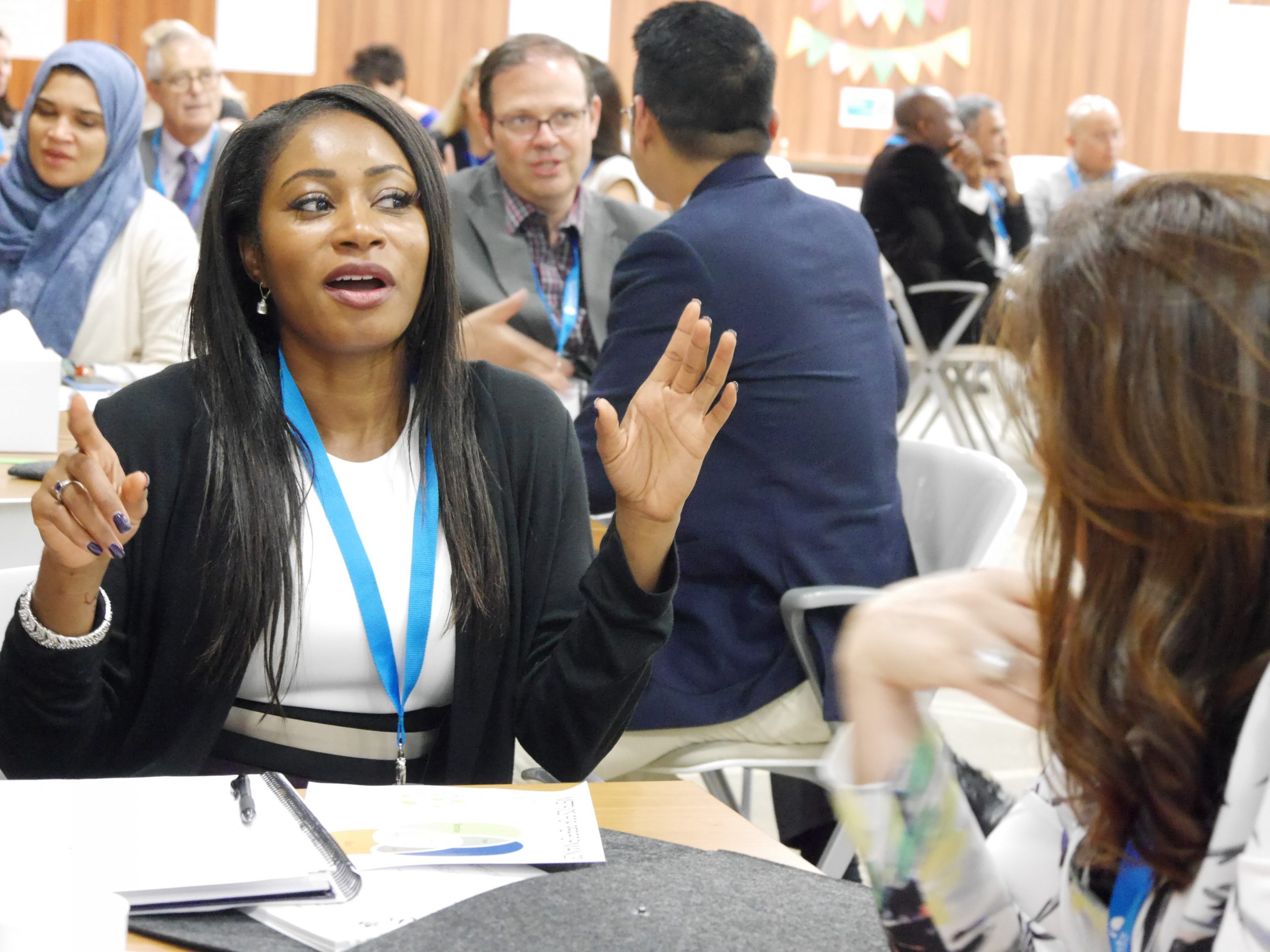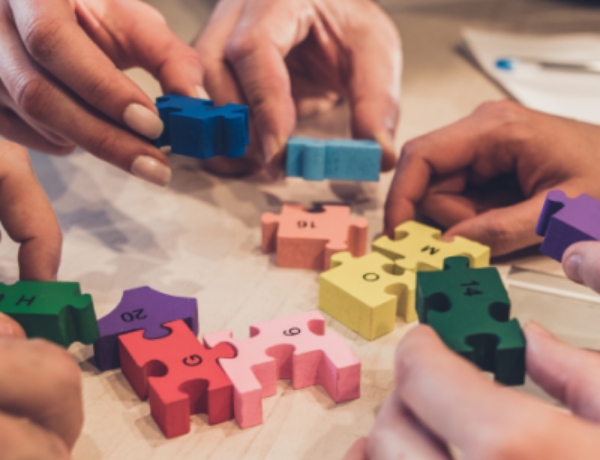7 Amazing Facts About Emotions:
Understanding how emotions work empowers you to navigate them more effectively
Emotions are part of human biology. They are chemicals that help regulate our minds and bodies, assisting us to cope with the complexities of making decisions, interacting with people, and finding our way through life. We feel emotions to help us pay attention, focus our attention and motivate us to action. While sometimes they’re confusing, emotions are part of us, so we might as well learn to use them well – and these 7 essential facts about emotions is a good place to start.
by Michael Miller
7 Amazing Facts About Emotions
1. Emotions are electrochemical signals that flow through us in an unending cycle. They are released in our brains in response to our perceptions about the world. We feel them all the time, which makes me wonder why I learned how to divide one fraction by another and all about Henry VIII beheading his wives, but basically nothing about something so critical to my everyday health and wellbeing. But anyway, emotions are released in our brains and flow all throughout our body, all the time. They also are produced in our bodies and go to our brains – check out this article, The Physics of Emotion: Dr. Candace Pert on Feeling Go(o)d – which talks more about this idea of emotions as feedback loop carrying info to help us function.
2. There are 8 basic emotions – and countless variations and nuances of those. The 8 basic emotions are Joy, Sadness, Fear, Disgust, Surprise, Anticipation, Anger and Trust. There are different models of which are the basic ones, but this comes from a scientist named Robert Plutchik, who also created a Wheel of Emotions to illustrate these 8 emotions in a compelling way. It shows visually the dynamism of emotions, like what happens to an emotion when it’s left unchecked and what you get when you combine two emotions, like Anticipation and Joy. It’s pretty interesting stuff, especially when you know how to interpret the wheel. For a full break down, check out Plutchik’s Wheel of Emotions. If you want to enhance your emotional literacy, which is an essential component of practicing EQ, this is a great place to start.
3. Emotions are neutral. That is to say, some emotions are not inherently good and others bad. It may seem this way, since, for example, joy seems to be a clear winner over sadness. I mean, who wants to be sad? But there are two problems with this way of thinking. The first problem is that joy and sadness have more in common than we think. Joy means I get something I care about. Sadness means I lose something I care about. So they are really two sides of the same need, and we couldn’t have one without the other. And the second problem is that every emotion is simply a signal, delivering a message. Even difficult emotions like fear, anger or sadness are serving an important function.
So, what are the functions of emotions?
4. Emotions function to guide us to survive and thrive. Emotions focus our attention and motivate us toward a specific course of action. Each emotion has a purpose. Take anger, for example. Anger is a signal that our path is blocked. It focuses our attention on the threat and motivates a response of fighting or pushing through the obstacle. It can be used destructively, of course, but it also gives us the energy to find solutions to pressing problems. And what about another emotion, like Joy? Joy focuses our attention on an opportunity, and motivates us to do more of whatever we are doing. We feel joy when we experience meaning and connection, and the purpose of the emotion is to tell us that those are good things, which we should seek out. Six Seconds developed a tool called the Emotoscope Feeling Chart, which helps decode the purpose and meaning of different feelings. It has dozens of feelings – all variations of Sadness, Joy, Fear, and Anger – and then the message that each emotion is sending. For example, the other day, I was feeling overwhelmed by life. I was too busy and my head was swimming. I looked at the chart and under sad, I found overwhelmed. What was the purpose of that feeling? To let you know you need to prioritize. You can down the Emotoscope Feeling Chart for free and keep a copy at your home or office.

Learn to work WITH your emotions
What if emotions could be a source of insight and energy, supporting you toward your best self?
5. Emotions are contagious. Feelings spread between people like a virus, even if we’re not paying attention to emotions. Whether we’re in a group or with one other person, we can “catch” both positive and negative emotions. The evolutionary basis of this is simple: humans have only survived and thrived in groups. We are social creatures. And because of that, we have a tendency to pick up on each other’s emotional states. Think about it this way. If you see fear on someone’s face, you are more likely to survive if you react quickly – if your own fear response is activated instantaneously. It could be the difference between getting eaten by that tiger your friend just saw – or getting away.
And it’s not just fear. We are constantly sending and picking up emotional messages through a number of mechanisms, including voice inflection, facial expressions, posture and specific behavioral patterns. It’s an incredibly important form of communication that we all partake in, even if we don’t realize it. It’s so deeply wired that we unknowingly imitate the slowness of old people, which is one of my all time favorite facts about emotions.
A study by Facebook and Cornell University found that emotional contagion even happens on social media. We are deeply wired.

6. Emotions are different than feelings – and moods. But they are all interrelated, of course. What is the difference? Basically, time. And to what extent our cognitive thoughts are involved. For an in-depth look at the difference, check out this article, What’s the Difference Between Emotions, Feelings, and Moods?
7. Emotions are absorbed in the body in about six seconds. Each burst of emotion chemicals, from the time its produced in the hypothalamus to the time it’s completely broken down and absorbed, lasts about six seconds. That’s how our organization got its name. If we’re feeling something for longer than six seconds, we are – at some level – choosing to recreate and refuel those feelings. Sometimes that’s good – if the tiger is still chasing you, those fear chemicals are helping save your life. Sometimes it’s not. But recognizing what emotion we are feeling, evaluating its purpose relative to our circumstances, and deciding whether to recreate it is what emotional intelligence is all about. If you want to learn more about emotional intelligence and how to practice it, check out Get Started with Emotional Intelligence.
“What if our emotions could be a resource to us, instead of an enemy, or something irrelevant, or something overwhelming? What if they could be a resource to us that could connect us with ourselves and each other?”

Articles
Stay up to date on the latest emotional intelligence articles, case studies, research and more.

Videos
Join livestreams and learn from 1000s of free emotional intelligence videos on YouTube.

Newsletters
Get practical tips to apply EQ in Business, Coaching, Education, Parenting and more.

eLearning
Sign up for our top rated course on Udemy: Emotional Intelligence at Work.

Certification
Join Unlocking EQ – a 1-day deep dive into the why, what and how of EQ.

Events
Join us online or in person to experience the Six Seconds way!
- Pursue Noble Goals in the Six Seconds Model of EQ - July 29, 2023
- Increase Empathy in the Six Seconds Model of EQ - July 26, 2023
- Exercise Optimism - July 24, 2023



Very interesting, especially the idea that after the initial 6 seconds, if an emotion continues, we are choosing to allow it.
Very interesting topic emotions we all have feelings bad good we know that emotions are Joy sadness angry surprise fear Trust and I know they aren’t feeling that spread between people like a virus even if you’re not even paying attention but that’s what emotions are or do our brain
Thanks to your analysis I was able to see my own problem.
This was very interesting topic, it taught me many things i didn’t know about feelings and how we react to certain feelings.
i agree with you if you really look in to it you will find some good facts.
I agree James, one thinks to think and then react.
Could we say that, we humans, are addicted to our emotions? Simply meaning that we react from the addicted emotion. Maybe anger is the best one here. To get angry for no apparent reason. Does a person who has no emotion exist? Not what one might call a suppressed emotion but no emotions at all, does such a person or persons exist? How does one know if another person does not have an emotion? Can that be measured? I have Dr. C Perts book titled “Molecules of Emotion”and I think she was also in a ground breaking movie called “What the Bleep do we Know” interesting for sure. Are emotions part of a person’s character? Why would one fear something that another son does not?
Definitely emotions can prepare us to do great things as every emotion whether it is sad, love, heart broken, sorrow or anything else come into our life to teach us something.
Great article, you briefly explained everything.
I found it interesting that you can catch emotions from other people.
Very interesting.
Interesting Read, enjoyed the insights.
Interesting, but for me emotional intellegence is about not using emotions to respond. I get better results when I use logic rather than emotion. Emotions evolved to help us deal with a reality that we no longer live in.
I didn’t find these facts about emotions “amazing”.
Ya true what I wanted is 5 facts about that feelings come from our brain that’s it.
Bro what is wrong with you, jk nice opinion. I agree.
Interesting
Its an open book that can be endlessly studied!
Very Intresting
interesting
Very interesting
Very powerful
Very interesting
Hiya came across your article. Excellent tool. I’m currently in the process of developing an emotional well-being programme for young people in my local area. I was wondering if I could us this tool if it was adequately referenced.
Hi Fiona, yes please do! With proper referencing we are more than happy to share these resources!
I like this analysis of the post, different perspective and something to think about
ok then
I agree with Phil B.
Emotions are contagious, let’s share and be joyful!
Yes, Phil, I agree!
I was going to ask the same about the emotion icons at: I would love to link to this and use a few of the icons on my own website. Are they copyright or can I credit the source?
https://d11yoeluzb5ina.cloudfront.net/wp-content/uploads/2017/12/23134648/Untitled-design-57.png.
yes Phil B. you are right.
It would be fantastic to see this kind of learning in all schools Junior and Senior, learning and then understanding this kind would totally change many young peoples lives, love this.
Hi Karine! I totally agree with you. I look back on my own education and marvel at how many things I learned that impact my life very minimally, if at all, and that I never learned about emotions, which I feel all the time. I am grateful to have learned so much about EQ as an adult through Six Seconds. But I agree that it should be taught in schools. If you want to check out more resources related to EQ in Education, this page is good starting point: https://www.6seconds.org/education/. Thanks!
Love this
Thanks, Rory!
Excelente article! More than a comment is an observation. The following link is not working properly, at least for me.
http://www.6seconds.org/2017/05/14/emotion-feeling-mood/
Very interesting
I love this article and cannot thank you enough for pulling it all together. I am reminded that we are blessed with choosing our responses to situations.
It is my impression that we feel first… We are feeling beings. If we feel SAFE then we access PFC?
I agree with Karen
Very interesting topic, however all this information has been sourced and researched by people with conditioned mentalities. A conditioned mind has been corrupted into thinking and perceiving in a certain way which is beneficial to the conditioners. The researchers and the volunteers for these experiments are all giving a conditioned perspective of what they perceive with there minds. How can you work out what feelings are with your mind. Seems to me the conditioned mind is doing what it always does, over complication, trying to work out all the answers. Labelling and categorising, complicating we have become mental addicts.
I personally believe there are only several emotions or feelings which we have, all this study and research into 27 emotions by these scientists with multiple groups of letters after there names is all in the mind, all in the head, which is where these people live there lives. Feelings are for feeling not calculating. To understand feelings we need to feel not think.